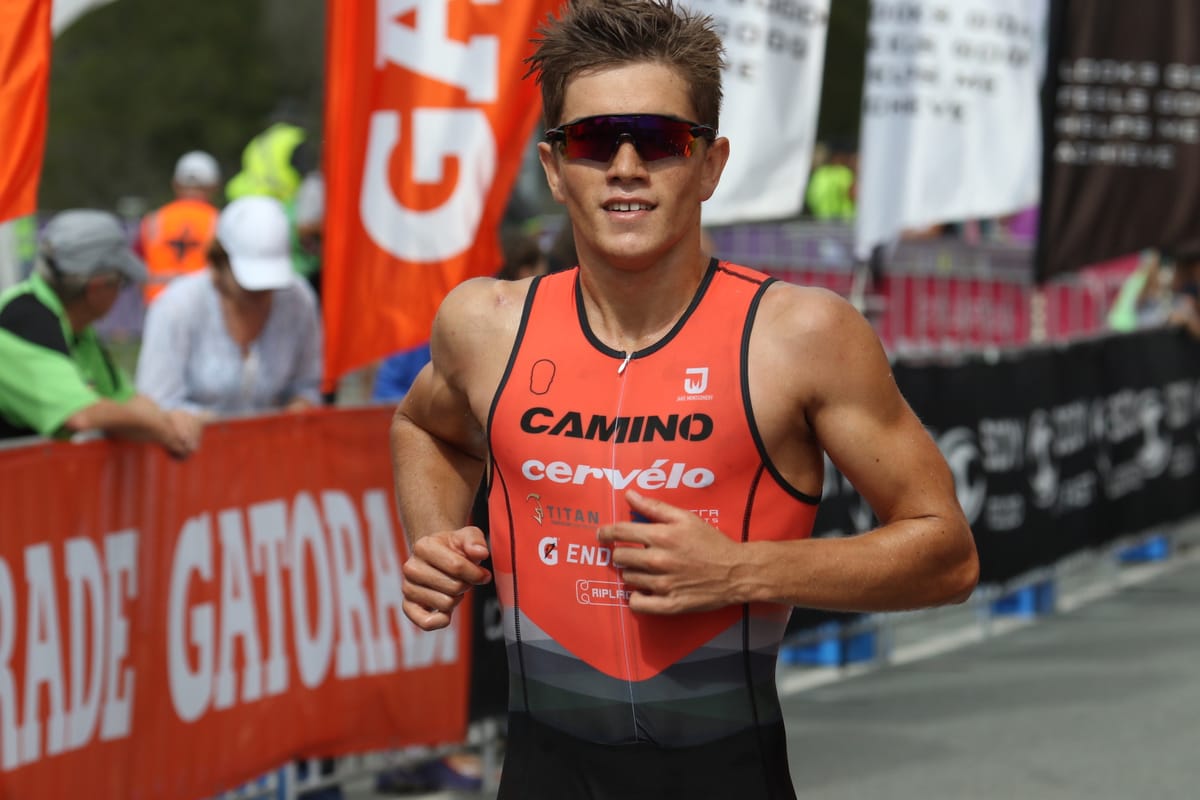There’s no doubt that the Consumer Electronics Show (CES) in Las Vegas is a big deal for consumer electronics. It’s the one time of the year when every serious player in the tech world wants to showcase their new products and there was no shortage of that this year. We take a look at the tech that looks set to make an impact on our triathlon lives very soon.
Suunto Movesense developer kit means you could be the next fitness tracker creator
The tech world is competitive, but Finnish company Suunto has decided to help fitness tracking innovators get a head start by offering a new movement sensor. Movesense is a water resistant, highly durable sensor that can be fastened to clothes, shoes or sporting equipment to measure the smallest variants and movements.
“At Suunto, we build a number of different trackers,” Anna de Torres, Partnerships Manager at Suunto, told Tech Crunch, “We recognize that there are a number of trackers that might be useful, but that nobody is selling. With Movesense, we are making the technology available to anybody with a good idea and some coding skills.”
Want to measure your stride length? How about every aspect of your transition time? Movesense gives developers the start to create innovative fitness trackers with the hardware already made.
It’s the price and endless possibilities that excite us most about Movesense. At only around $105 per sensor, Movesense could be the first step towards a world class triathlon-specific sensor!
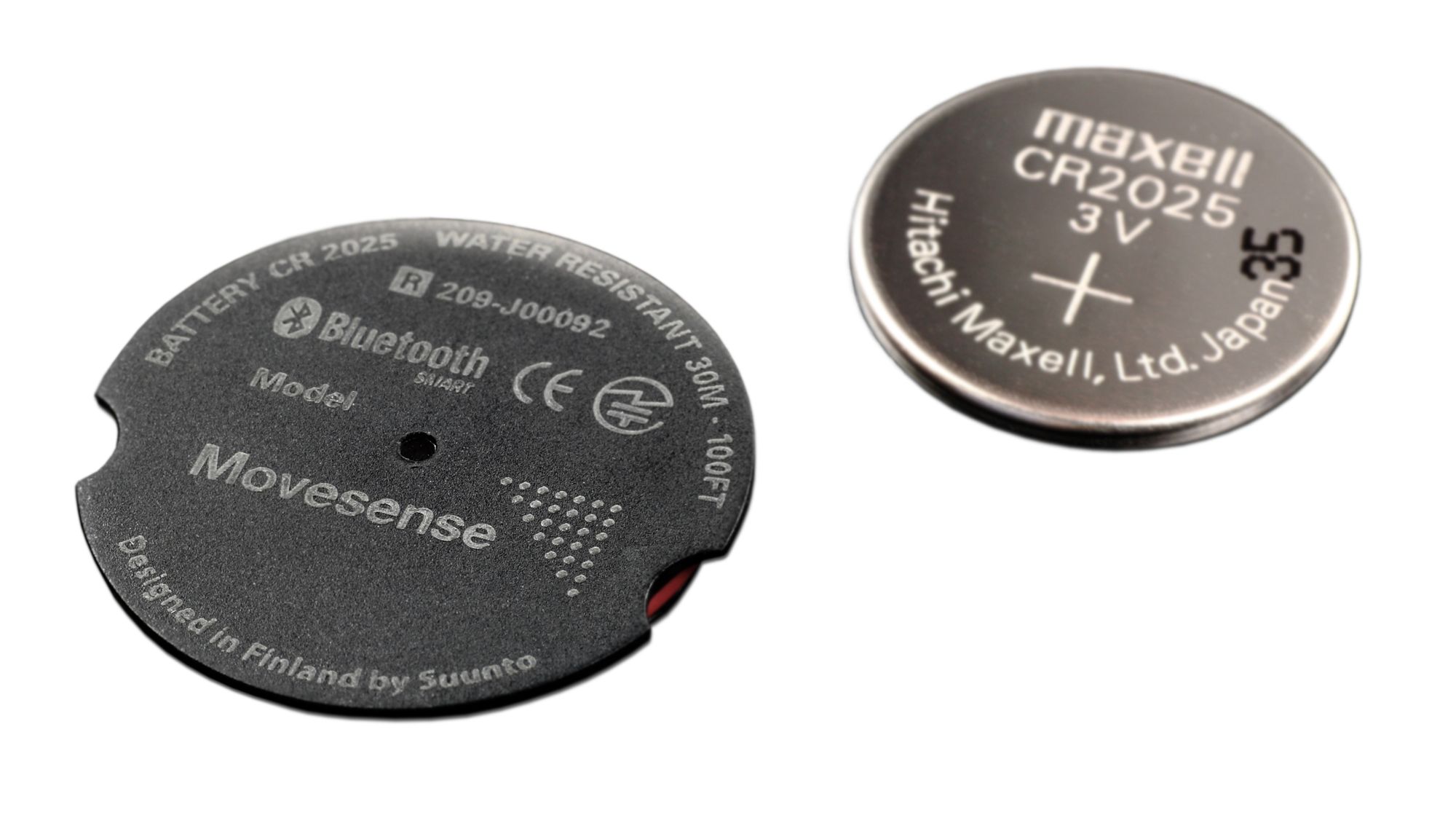
New Balance RUN IQ Smart Watch is actually worth buying thanks to running-specific functionality
With so many fitness tracking watches on the market, this new offering is our pick for triathletes. New Balance has collaborated with Android Wear, Intel and run-tracker Strava to blend digital data with fun apps to measure and enjoy your runs.
By syncing with Strava, you can join running communities and groups and map your run. You can sync your music, track your pace and heart rate, and keep in touch by syncing your phone notifications. You can even add your favourite apps to keep you busy while you wait at the traffic lights.
Althougg tracking your pace and heart rate is nothing new in a smartwatch, the main drawcard for us is the link to Strava – as the platform is truly innovative for runners wanting to see exactly where and how far they run. By measuring the cadence of your running as well, you can create a training plan to prepare for races and you’ll know exactly how far and how hard you trained.
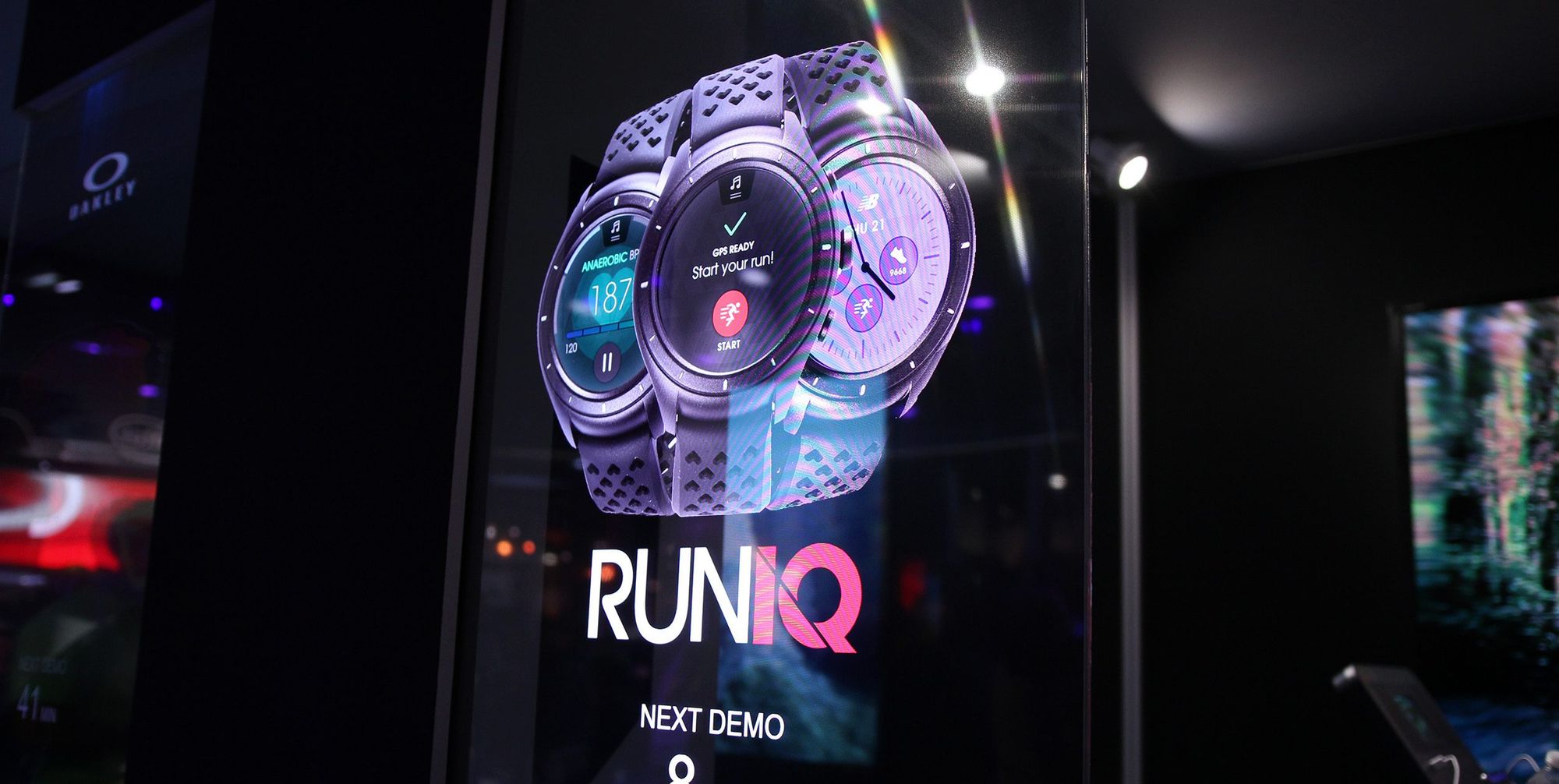
Polar’s new heart rate monitor shirt combats awkward chest straps
Most runners have probably used a chest strap heart rate monitor at some point during their workouts, and you know how uncomfortable those things are. Polar, the Finnish company which has been in the heart rate monitor game for nearly three decades, has embedded a shirt with sensors to measure your heart rate in real time, plus speed, distance and acceleration.
We do hate chest strap heart rate monitors but we also hate bulky clothes, so we’re not too sure how comfy this top can be considering how many sensors are embedded inside it. However, for those keen to ditch the chest strap and try something new, Polar will start shipping these bad boy in March 2017.
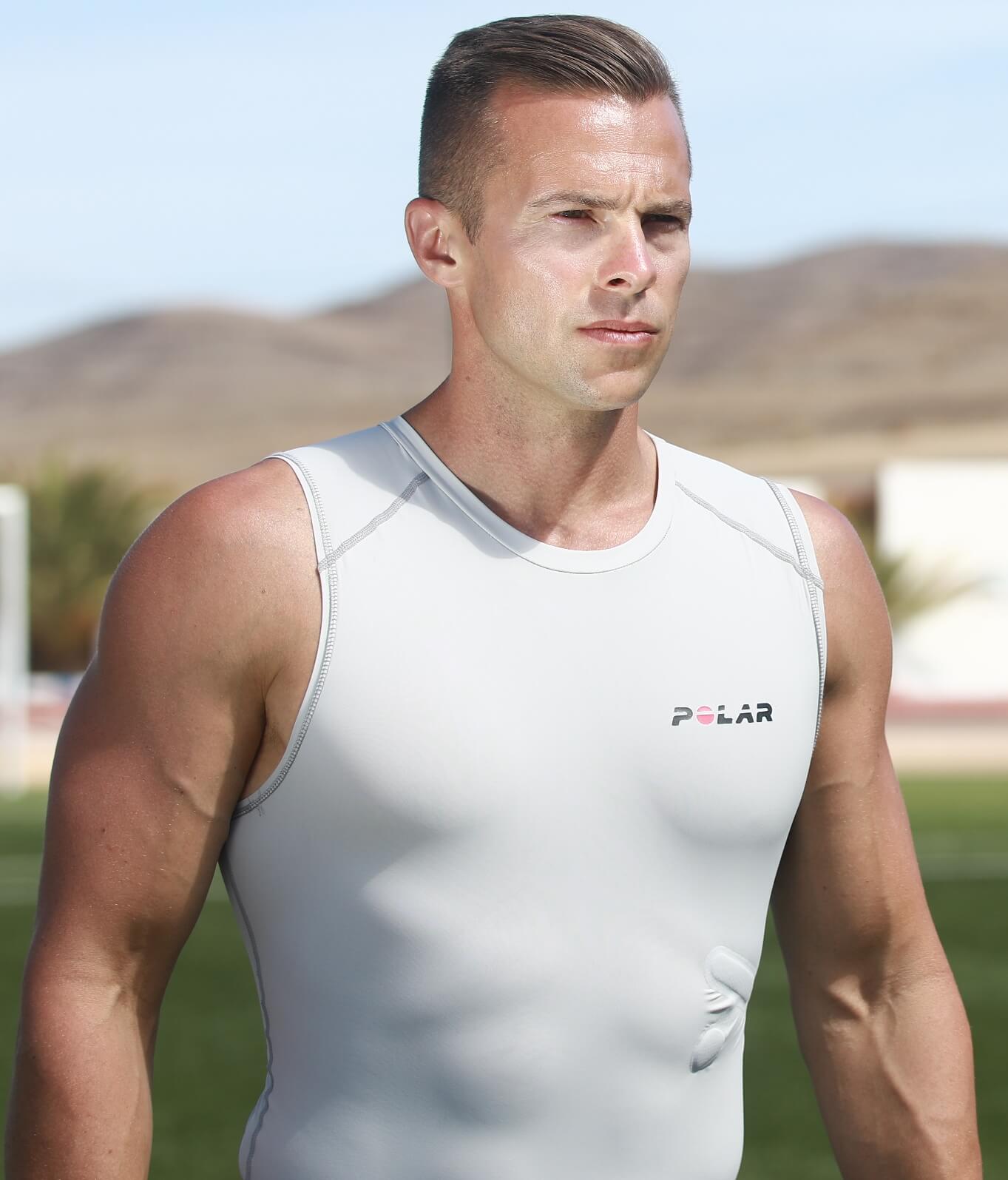
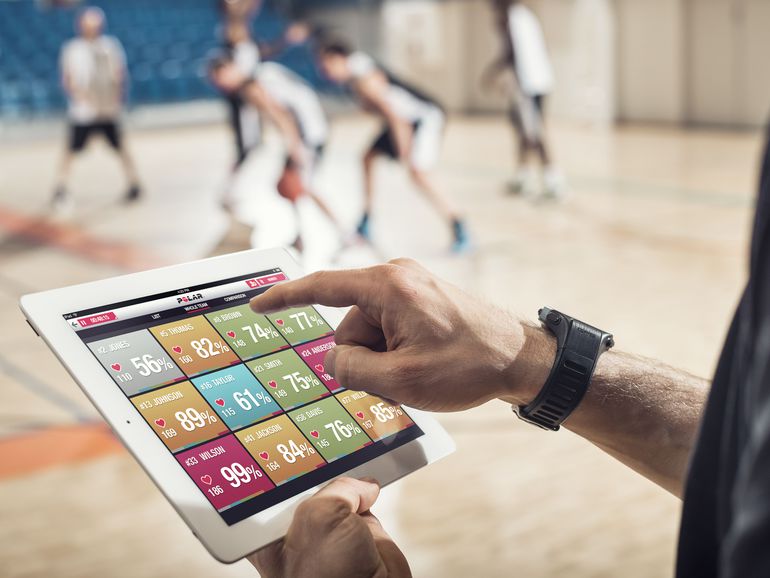
Digitsole wants to prevent you getting injured with a shoe that senses pressure spots & alters them
Digitsole has been working on a snazzy smart shoe for three years, and they came up with: The Active Cushioning Run Profile. It’s not the best name, but the shoe could be a positive step toward preventing impact injuries like stress fractures, one of the most common running injuries that keeps athletes on the sidelines.
The shoe works with adaptive cushioning that shifts support as the wearer runs, thanks to sensors in five areas of the foot. It also moves toward preventing injuries by tracking fatigue so you don’t overdo it; a key aspect of stress fracture development.
In the company’s words the shoe is “A NeoTech microcellular polymer which modifies the hardness of different zones of the midsole by introducing tiny amounts of energy.”
Like every smart device, the shoe also measures distance, speed, steps and calories, and even has a strange audio coaching function in the shoe’s corresponding app which gives you fitness tips.
Considering stress fractures account for over 50% of running injuries, Digitsole has a great idea, but whether or not the shoe will be stylish enough, comfy enough and will stand up to constant pounding on pavement? We’ll have to wait and see.
Earin launches M2, smallest and lightest wireless earphones
Wireless earbuds are incredibly convenient (albeit easy to lose) for runners, and Earin has just released the lightest and smallest on the market. They’ve been in the earbud game for a while, but these new M2 earbuds have a much better connection between the buds thanks to a dual antenna and Near Field Magnetic Induction technology. They have some handy functionality built in too; if you’re bored of a song you can tap the buds to move to the next song or play or pause a track.
We love the idea of ultra-clear beats in wireless earbuds, but we’re not sure how we feel about a battery life of only three hours. While the tiny size is great for little ears, if you’re prone to losing things, investing in tiny expensive earbuds probably isn’t a great idea.




